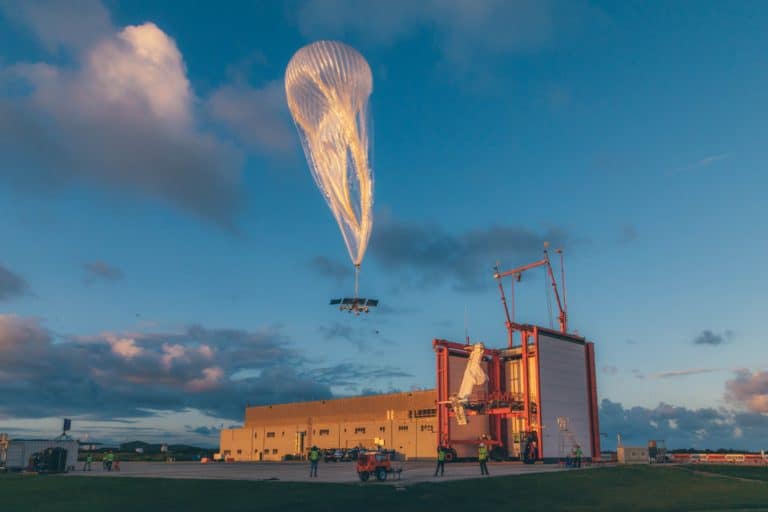Google parent company Alphabet has put an end to Loon. With the project, the company wanted to provide remote areas with an internet connection using air balloons.
In a blog post, Loon CEO Alastair Westgarth wrote that the company has been unsuccessful in finding a way of getting the costs down to a level that would have been sustainable in the long term. Therefore, the decision was taken to pull the plug on the project.
4G in remote areas
Loon was started in 2011 to facilitate a reliable 4G connection in remote areas where it would otherwise be too difficult or expensive to build a network infrastructure. In this way, the company wanted to reach the last billion people who did not yet have access to the internet. Loon initially started as a project within Google X but became a separate company under Alphabet in 2018.
Grid of balloons
The idea was to attach a series of ‘transmission towers’ to air balloons and release them at regular intervals, where they climbed to a height of 20 kilometres. Together, the balloons provided a grid of transmitters that sent the signal from a ground station to the end user’s device. This device could be a mobile phone, a sailing ship or simply a smart sprinkler. A single balloon could provide signal to an area of up to 11,000 square kilometres.
Starlink
Google is not the only company working on ways to facilitate internet connections for hard-to-reach places. SpaceX started project Starlink in 2015. The rocket company devised the plan to put a network of internet satellites into orbit at a relatively low altitude. The satellites work in a similar way to Loon, by transmitting signals between themselves to a ground station. Unlike Loon, Starlink appears to have a bigger chance of success, with more than a thousand satellites already in orbit and the first test kits being distributed to end users.
